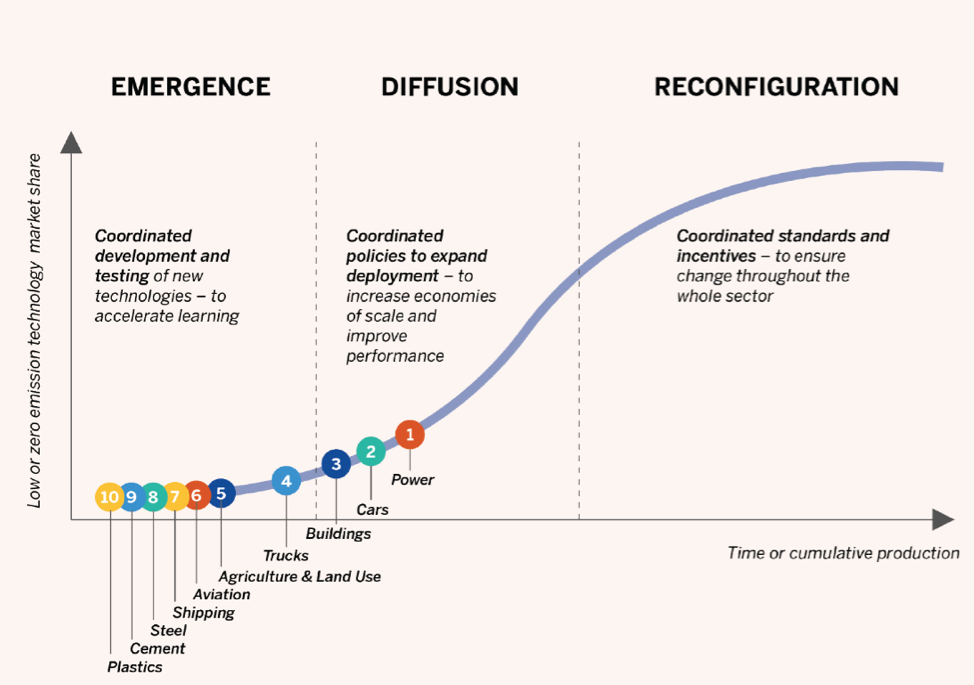Source: American Council for an Energy-Efficient Economy (ACEEE). 2022. One-Third of Tenants Behind on Utility Bills, Highlighting Need for Energy Upgrades. Available at: https://www.aceee.org/blog-post/2022/08/one-third-tenants-behind-utility-bills-highlighting-need-energy-upgrades
In winter months, as temperatures begin to fall, many households in regions across the United States fall behind on their energy bill payments. Often called energy insecurity the inability to pay energy bills can lead families to take out high risk loans, forgo buying food or medicine in order to pay their energy bill, or risk unsafe measures to heat or light their homes. Renters in particular have a high likelihood of becoming energy insecure, with 33 percent of the United States’ 44 million renters struggling to pay their energy costs last year. Renters often live in older, less energy-efficient buildings, which can increase their energy burden (which means that they have to spend a higher share of their income on heating and electricity).
On top of the standard obstacles to making a home more energy-efficient, such as high costs, renters face an extra barrier: They must go through their landlord to add insulation, upgrade to more efficient appliances, or switch to high-efficiency heat pumps for heating. Given lower rental income since the onset of the COVID-19 pandemic, however, studies have shown that landlords are unlikely to make energy-efficient changes without incentives. The Inflation Reduction Act, passed in August of this year, funds new incentive programs to landlords who make energy-efficient changes to their properties.











































